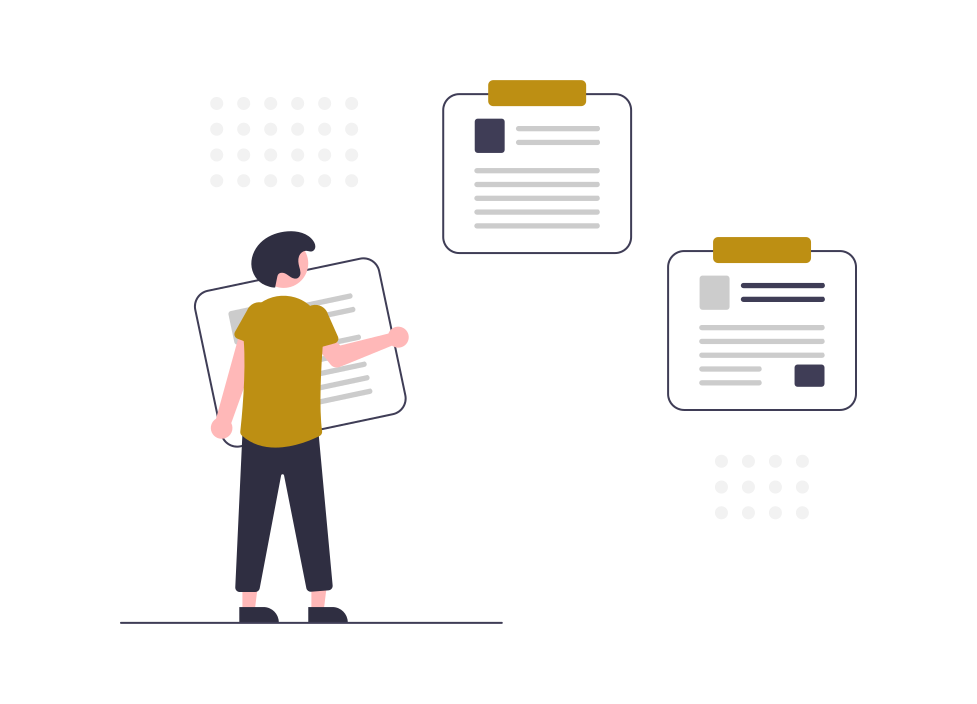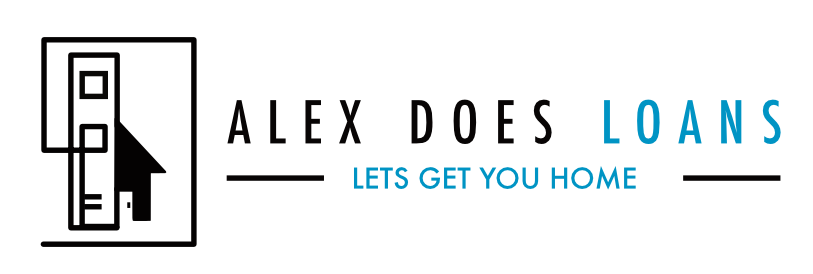Texas cash out refinance is a mortgage-refinancing option that replaces an old mortgage by a new, larger loan. It pays you in cash the difference between the amount borrowed and what you owe on the home. Many Texans take advantage of it for debt consolidation, home improvements, vacation, or just to have an extra cash.
Once the homeowner refinances the current mortgage and receives cash back at closing, that is called cash out refinance loan. Texas implemented that a loan amount cannot exceed 80% of the property value or loan-to-value (LTV) for any owner-occupied cash out refinance loan. Also, the closing costs cannot exceed 3% of the loan amount.
In fact, there’s an old rule stating, “once a cash out, always a cash out.” It was always treated as a cash out for the entire loan term. Until paid in full, the mortgage title will always reflect as a cash out. Eventually, the homeowner can refinance the loan, but Texas cash out rule still applies to the subsequent mortgage loans. However, this rule has already changed on January 1, 2018.
Cash Out Refinance in Texas: How Does It Work?
Generally, refinancing is a process where an existing mortgage is replaced with one that extends the terms to the borrower which are more favorable. Refinancing a mortgage in Texas lets you decrease monthly mortgage payments, negotiate a lower interest rate, renegotiate the periodic loan terms, remove/add borrowers from the loan obligation, and potentially access cash.
A Texas cash out refinance may make sense for you if you have a significant amount of home equity and would like it to be converted into actual money. For instance, your home is valued $300,000 and your mortgage balance is $200,000, you have an equity of $100,000. You could receive a portion of your equity in cash if you refinance your mortgage. Let’s say you wanted to take $40,000 in cash, it will then be added to the principal of your new home loan. This results to $240,000 principal on your new mortgage after the cash out refinance.
Your lender will require an appraisal assessing your home’s current value because the amount you can borrow with Texas cash out refinance depends on your home equity. If there’s an increased home prices in your area, your property could be worth more than what you paid. Thus, the amount you could borrow will also increase.
Although it can vary by lender and the type of loan you applied for, lenders usually require at least 20% equity in your home. For instance, your mortgage is backed by the Department of Veterans Affairs, you may be able to borrow 100% of your equity with a VA cash out refinance in Texas.
Texas Cash Out Refinance Rates
The mortgage rates for cash out refinance loans are generally a bit higher as compared to rate and term refinance loans. Obviously, the equity is being pulled out of the home in cash back to the borrower. Rate and Term Refinance simply refinances the current mortgage with either lower rate, shorter term, or lower monthly payment.
Have a question? Let's chat!
When is Cash Out Refinancing a Good Option?
Several people see cash out refinance useful in the following cases:
- If you are not able to get other financing for a large purchase or investment.
- You have the opportunity of using your home equity for debt consolidation and reducing monthly interest payments.
- When other financing options are costly than the rate you can acquire from Texas cash out refinance.
Requirements for a Cash Out Refinance in Texas
Just like any other type of mortgage loan, meeting your lender requirements is a must. Depending on your lender and type of loan, below are most likely the qualifications you need to meet.
Credit Score
A credit score as low as 620 can already qualify you for cash out refinancing. A higher credit score can obviously help you get better interest rate.
Debt-to-Income
For you to be qualified on cash out refinance, you will need a DTI not higher than 45%.
DTI pertains to monthly debt payments, which also includes your existing mortgage, divided by your gross monthly income.
Home Equity
At least 20% of your home equity is needed in order to qualify for a Texas cash out refinance. At least 20% of the current appraised house value must have already been paid.
Seasoning Requirements
In a conventional loan, owning the house for at least 6 months is required for cash out refinance, regardless how much home equity you have. However, if you inherited the property or it was legally awarded to you, there will be exceptions. The VA loans also require a six-month waiting period. On the other hand, if you are backed by the Federal Housing Administration, wait at least 12 months before doing an FHA cash out refinance.
Texas Cash Out Refinance vs. Rate-and-Term Refinance
With cash out refinancing in Texas, your home can be used as collateral for a new loan as well as some cash. Thus, it creates a new mortgage for a larger amount than what is currently owed. The difference between the two loans will be received in tax-free cash – considered more like a mortgage-personal loan hybrid. Any irrelevant loan amount from the refinanced, cash out mortgage is paid to you in cash at closing – normally 45 to 60 days from application period.
Texas cash out refinance loans usually come with higher interest rates and other relevant costs, for instance, points. Also, cash out loans usually have higher underwriting standards. Having a high credit score and lower relative loan-to-value (LTV) ratio can help with some concerns and get you a more favorable deal.
Rate-and-term refinance in Texas is the basic mortgage loan refinance. Also known as no cash out refinancing, it helps you acquire a lower interest rate or adjust the loan term. Apart from that, nothing else will be changed on your mortgage.
Cash Out Refinancing Advantages
Single Loan
You will only have to deal with single loan payment per month since it is a refinance. A second mortgage will be required in order to leverage home equity too.
Potentially Lower Interest Rates
Cash out refinance rates, though higher than the rates for purchase loans, might still end up with a lower interest rate. This works if mortgage rates were higher when you originally bought your home.
For instance, the average rate on a 30-year fixed mortgage increased to 4.94% in 2018. Nowadays, rates are considerably lower. In cases where you don’t need the cash and just want to look in a lower interest rate, rate-and-term refinance makes more sense.
Higher Credit Scores
Reducing your credit card utilization ratio and fully paying your credit cards with cash out refinance may build your credit score.
Access to More Funds
Generally, cash out refinance helps you borrow more than you could with a personal loan or by using credit cards. This could help you with major expenses such as college tuition or a home renovation.
Debt Consolidation
Paying off high-interest credit cards saves you thousands of dollars in interest if you use the money from a cash-out refinance.
Cash Out Refinancing Disadvantages
Time Consuming
If you are in need of funds urgently, Texas cash out refinance may not be your best bet. Underwriting can actually take weeks when you are getting a new mortgage.
Foreclosure Risk
Your home is the collateral for any kind of mortgage so there is a possibility of losing it if you cannot make the payments. It is generally a discouraged move to do cash out refinancing to pay an unsecured debt with a secured debt.
New Loan Terms
Your original loan will have totally different terms from your new mortgage. Say you are refinancing to a 30-year mortgage, that could add years of repayment and possibly pile on a substantial amount of interest, even if you have lowered your rate.
With a new set of terms, make sure to double check your interest rate and fees before agreeing. Also, check the total interest you’d pay over the life of the loan.
Closing Costs
Closing costs for a refinance are typically 2% to 5% of the loan. For instance, you have $200,000 refinance, closing costs will be $4,000 to $10,000. That can take a huge bite out of the cash you will receive at closing.
Private Mortgage Insurance
Paying for PMI is required if you borrow more than 80% of your home’s value. For example, your home valued $200,000 and you refinanced for more than $160,000, you need to pay the PMI.
PMI typically costs around 0.55% to 2.25% of your loan amount every year. The PMI of 1% on a $180,000 mortgage would cost you $1,800 yearly.
TIPS FOR A FAST REFINANCE PROCESS
What are the Alternatives to Cash Out Refinancing?
There are other options to borrow in case cash out refinance does not work for your home’s equity. Home equity loans and home equity lines of credit or HELOCs are both types of junior liens or second mortgages. You can take them out in addition to your existing mortgage. Both have minimal closing costs but their rates are higher that you’d get with a cash out refinance.
Home Equity Loan
A home equity loan can be an additional fixed rate loan. The closing costs for traditional cash out refinance can amount to hundreds or thousands of dollars. But with a home equity loan, you may be able to avoid these costs.
Home Equity Lines of Credit (HELOC)
This option extends a line of credit from which you can withdraw funds as you need, unlike a home equity loan that provides you with a lump sum once approved. Also, it uses variable rates, which can fluctuate depending on the national economic factors. Your monthly payments can change from time to time, thus making it more challenging to build a budget.
HELOC acts as a revolving line of credit like a credit card. Thus, high utilization rate can negatively impact your credit score. However, when used correctly, it can decrease your total credit utilization rate and act as a positive indicator of good borrowing behaviour.
Texas 50a6 Mortgage Loan
Texas cash out refinance is typically referred by many as Texas Section 50(a)(6) mortgage loan. Any type of mortgage which originated under the provisions of Article XVI, Section 50(a)(6), allowing you to tap into your home’s equity. However, this can be applied with certain restrictions and conditions. The tapped equity converts into cash paid to you at closing.
Cash Out Refinance in Texas Rules
On May 6, 2017, the Texas Legislature passed the SJR60, where majority of Texas voters agreed on November 7, 2017. Then, SJR60 became effective on January 1, 2018. All home equity loans made on or after January 1, 2018, as well as home equity loans refinanced on or after January 1, apply to SJR60. This results to a more friendly and more flexible cash out refinancing loan.
Overview of changes:
Refinancing Section 50(a)(6) Loan
Your loan can now be refinanced from cash out to a rate-and-term refinance without pulling cash out. Before, consumers are charged even if they did not pull cash out on a refinance – this was the “once a cash out, always a cash out” rule.
Agricultural Homesteads
Prior to cash out rule changes, consumers with agricultural properties such as a farm, were unable to pull cash out due to agricultural exemptions. Now, you can already qualify for a cash out in Texas.
Loan Fees have Decreased
The max fees of the original loan amount before these changes are 3%. Now, the max fees have become 2%.
The following are not included on the loan fee:
- Appraisal
- Survey Costs
- Title Insurance Premiums
- Title Exam Report
- Discount points used to buy down the interest.
Other rules
- You are legally allowed to get cash out in Texas once a year.
- Section 50(a)(6) rules do not permit FHA, VA and USDA loans.
- Cash out rules in Texas only apply to your primary residence. Thus, second home and investments are not bound to these rules.





